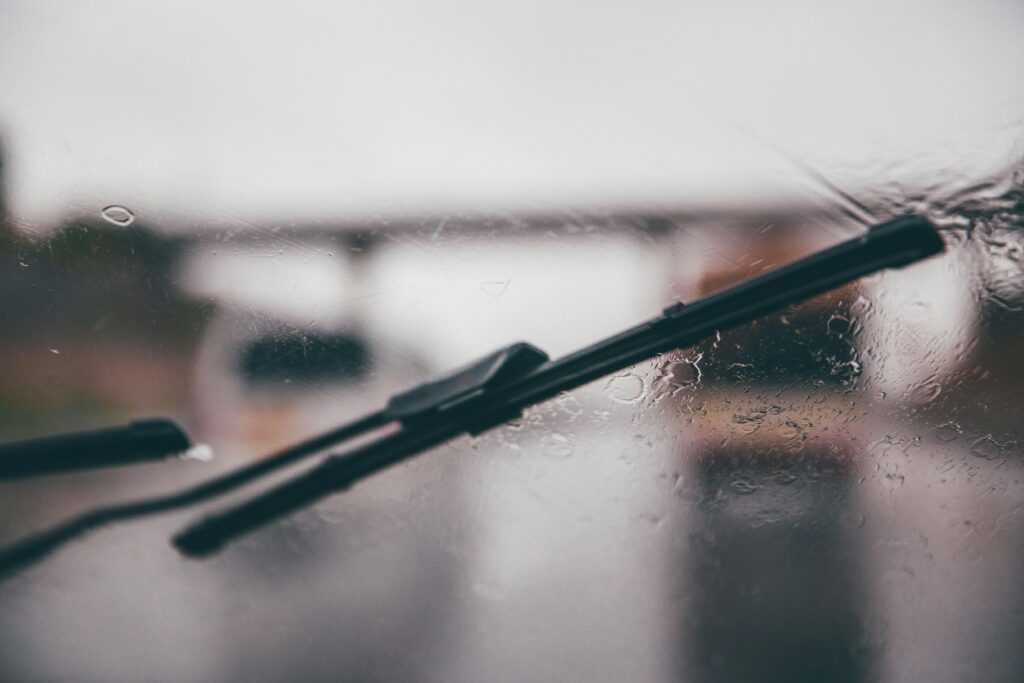When is the Best Time to Wash Your Car in Winter?
The best time to wash your car during winter is in the middle of the day or during the warmer hours when the sun can help keep your vehicle from freezing. Avoid washing in extreme cold (below -20°C), as water can freeze on your car before you finish drying it.
With this in mind, here are some of our top tips for how to wash a car in winter:
The Two-Bucket Method: How to Prevent Winter Scratches
This technique is simple and incredibly effective. You’ll need two buckets, one with soapy water using a pH-neutral car wash soap (never use dish detergent; it’ll strip your wax) and another with clean water for rinsing your wash mitt.
Here’s how it works:
Wash a section of your car, then rinse the mitt in the clean water bucket before dipping it back into the soapy water. This prevents you from dragging gritty particles across your paint or all-important headlights, which is especially important during winter when roads coat your car with abrasive contaminants.
Make sure both buckets have grit guards at the bottom; these trap dirt particles and keep them away from your wash mitt.
Always start with a pre-rinse
Before you even think about touching your car with a mitt, give it a thorough rinse with a hose or pressure washer. This removes the loose dirt and debris that could otherwise scratch your paint during washing. Winter roads are notorious for coating vehicles with abrasive stuff, so this step is crucial.
Don’t Forget the Wheels: Cleaning Salt and Grime
Your wheels cop the worst of winter’s punishment, collecting brake dust, road grime, and salt. Use a dedicated wheel cleaner, as they are specifically formulated to break down these stubborn contaminants. Spray it on, let it dwell for a few minutes, then scrub with a wheel brush before rinsing thoroughly.
Critical Undercarriage Care for Salt and Road Grime
The undercarriage often goes forgotten, no matter how often we wash our cars. This area houses critical components like suspension, exhaust, and brake lines, yet it’s constantly exposed to road salt, mud, and moisture. All those nooks and crannies make perfect traps for corrosive materials.
Regularly hose your undercarriage, especially after driving through muddy or salty conditions. Many automated car washes offer undercarriage cleaning services, which is worth the investment given their specialised equipment.
Proper Drying to Prevent Ice and Streaking
Proper drying in winter prevents residual moisture from freezing in seals and crevices. Use soft microfiber towels, starting with the windows and working your way down. Pay special attention to door handles, mirrors, and any areas where water might collect and potentially freeze.
Is Rustproofing Worth the Investment in Australia?
If you live near the coast, frequently drive on unsealed roads, or just want to maximise your car’s lifespan, rustproofing deserves serious consideration. Professional chemical treatments create a protective shield against corrosive elements, while electronic rustproofing systems complement these treatments.
The investment pays off through extended vehicle life, maintained resale value, and enhanced safety by protecting structural components.
Regional Winter Care: Coastal, Outback, and Alpine Tips
- Coastal drivers should rinse their cars weekly with fresh water to remove salt particles, invest in protective coatings, and consider annual rust inhibitor applications.
- Inland and outback drivers need to focus on regular underbody washing, checking road conditions before travel, and maintaining clear visibility through muddy conditions.
- Alpine region drivers must carry snow chains (often legally required), ensure adequate antifreeze in their cooling system, use proper de-icing techniques, and consider switching diesel vehicles to petrol or using alpine diesel additives.

